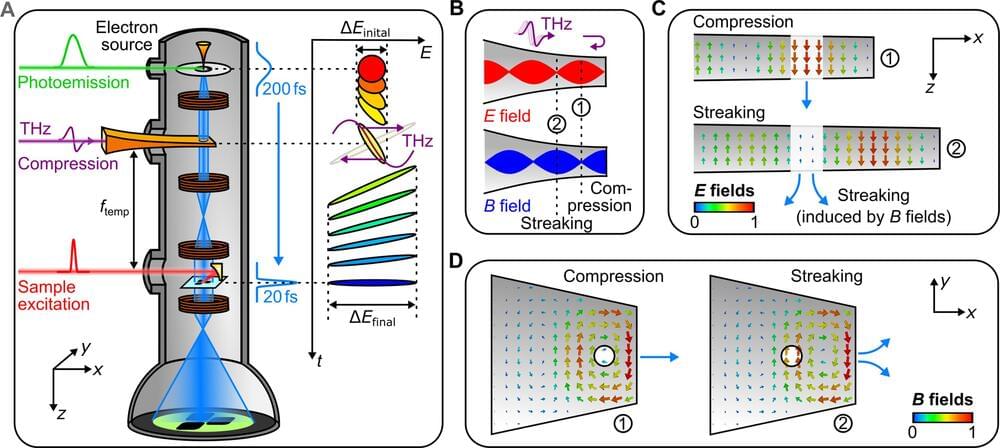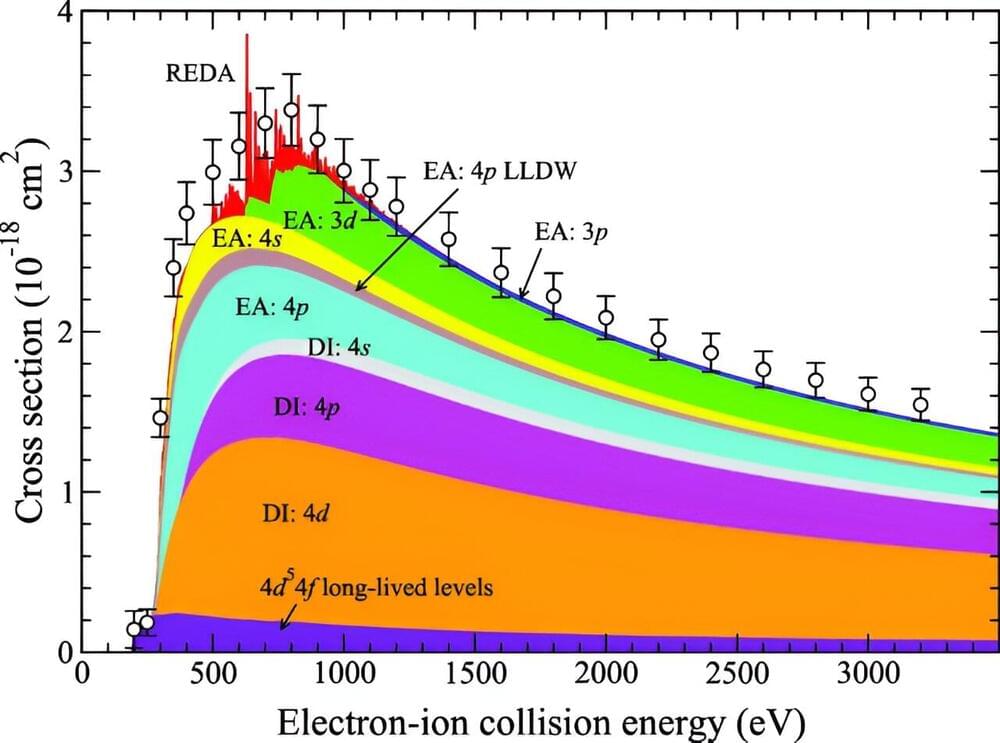Scientists at the University of Konstanz in Germany have advanced ultrafast electron microscopy to unprecedented time resolution. Reporting in Science Advances, the research team presents a method for the all-optical control, compression, and characterization of electron pulses within a transmission electron microscope using terahertz light. Additionally, the researchers have discovered substantial anti-correlations in the time domain for two-electron and three-electron states, providing deeper insight into the quantum physics of free electrons.
Ultrafast electron microscopy is a cutting-edge technique that combines the spatial resolution of traditional electron microscopy with the temporal resolution of ultrafast femtosecond laser pulses. This powerful combination allows researchers to observe atoms and electrons in motion, capturing dynamic processes in materials with unparalleled clarity. By visualizing these rapid events in space and time, scientists can gain deeper insights into the fundamental mechanisms that govern material properties and transitions, helping to create advancements in research fields such as nanotechnology, optics, materials science, and quantum physics.
Although ultrafast electron microscopy enables, in principle, the observation of atomic and electronic motions on fundamental spatial and temporal scales, capturing these rapid dynamics has remained challenging due to the limitations in electron pulse duration. The current standard electron pulses, lasting about 200 femtoseconds, are too long to resolve many fundamental reaction processes in materials and molecules. Pulses ten times shorter would be required to observe basic reaction paths and collective atomic motions, so-called phonon modes, in real time.









